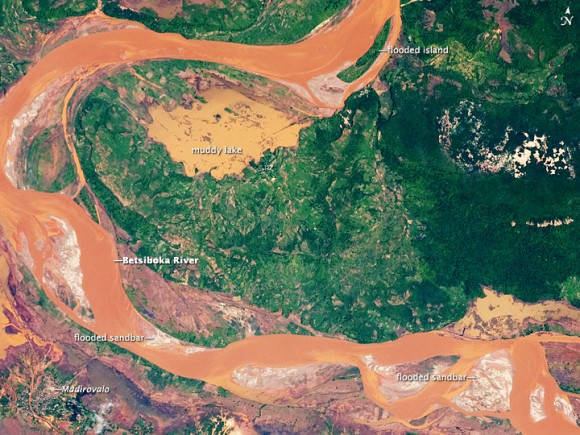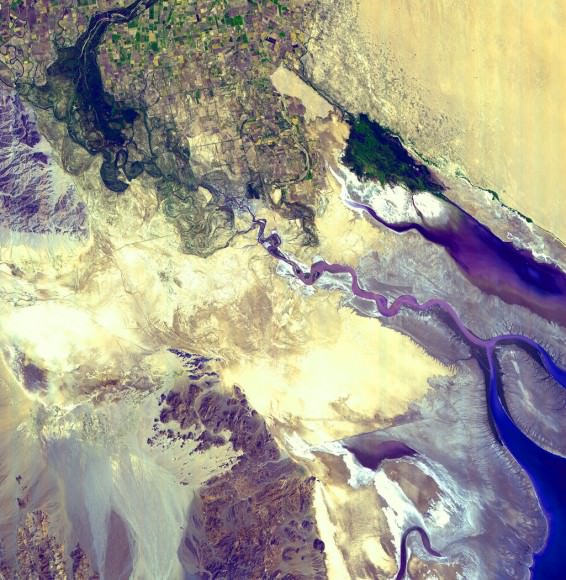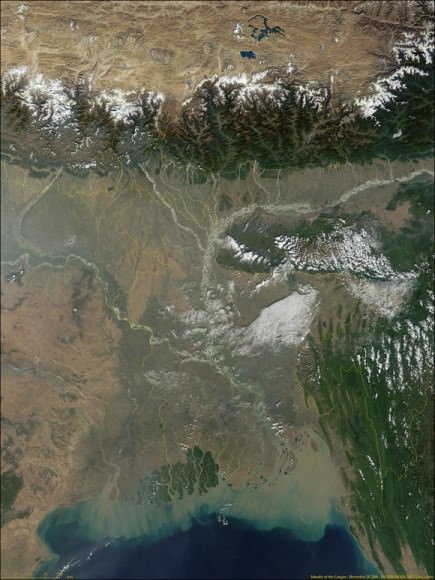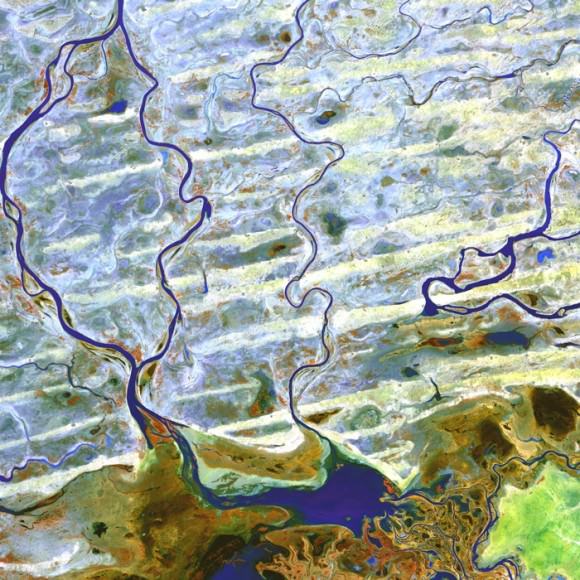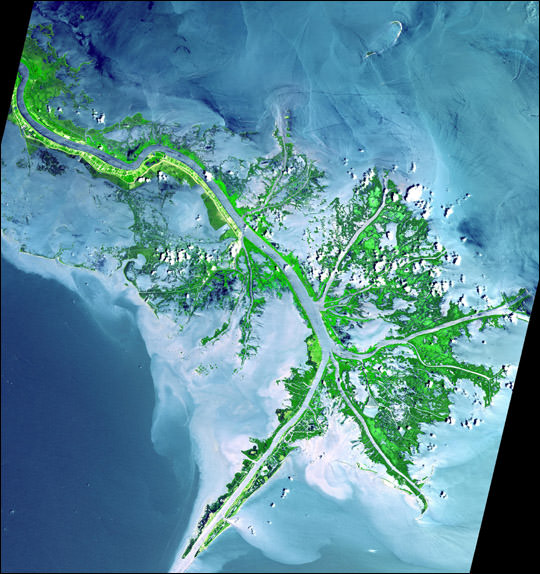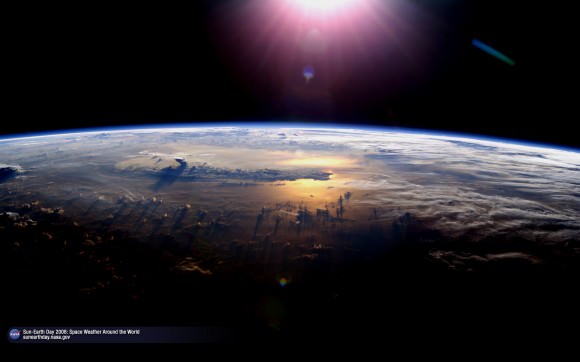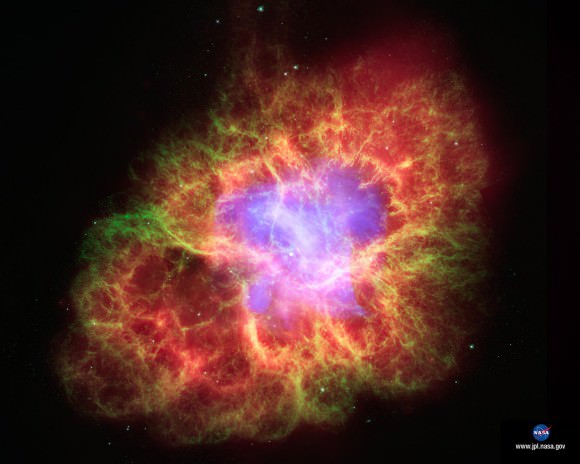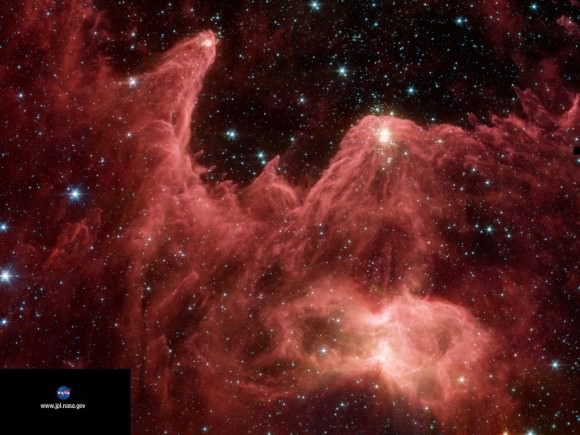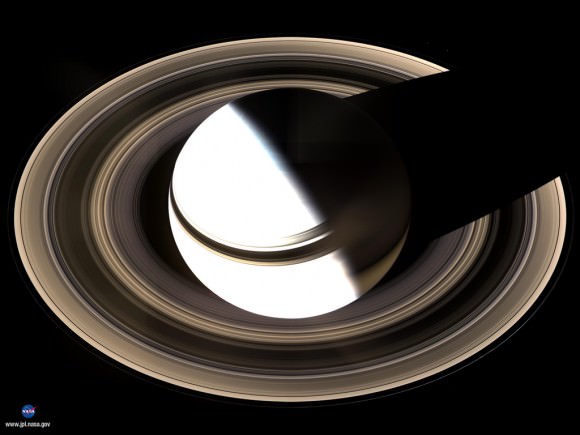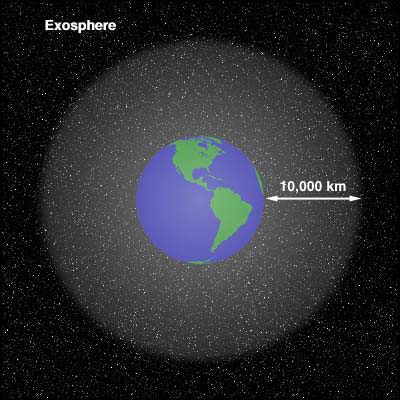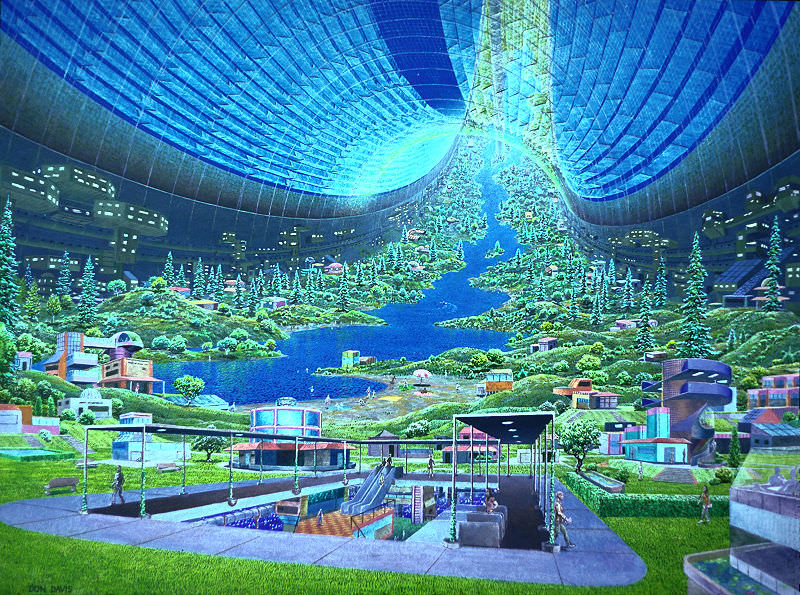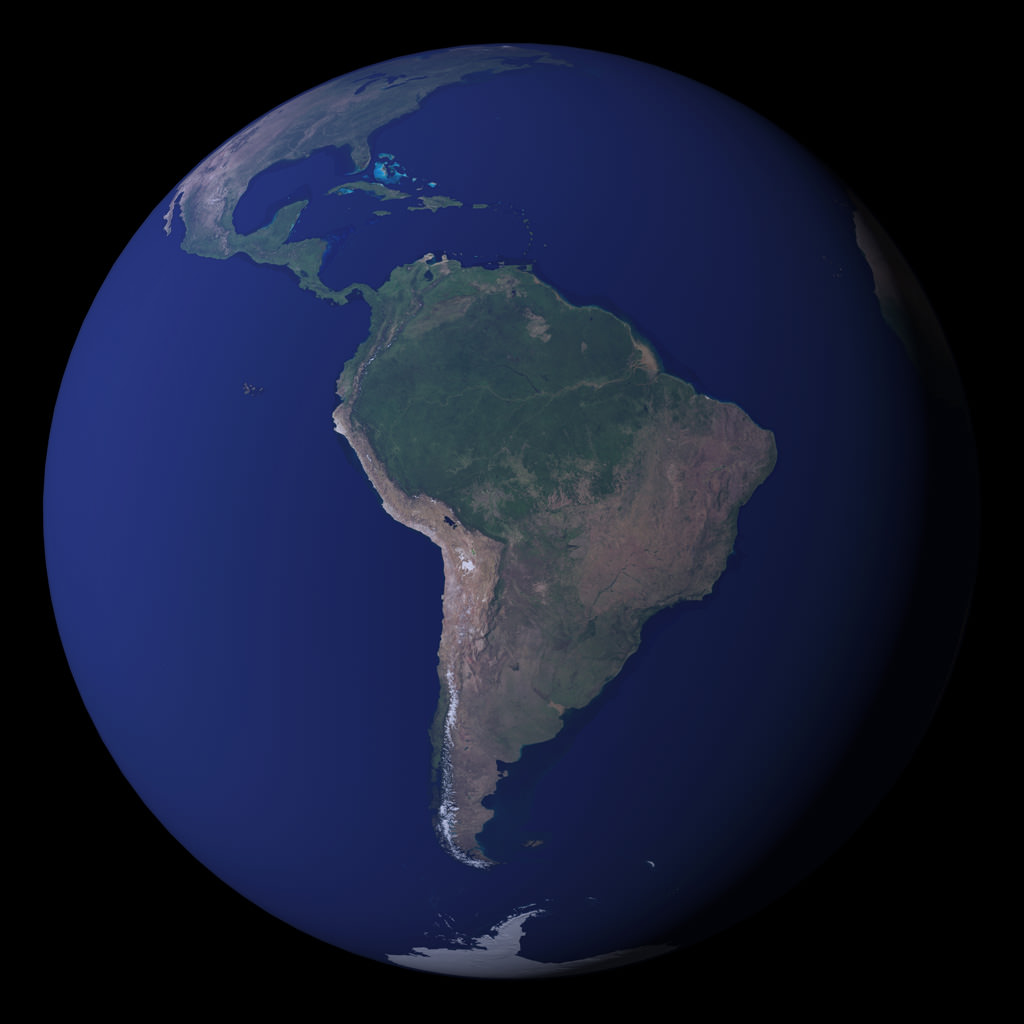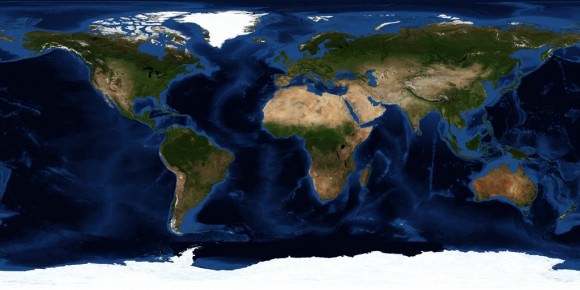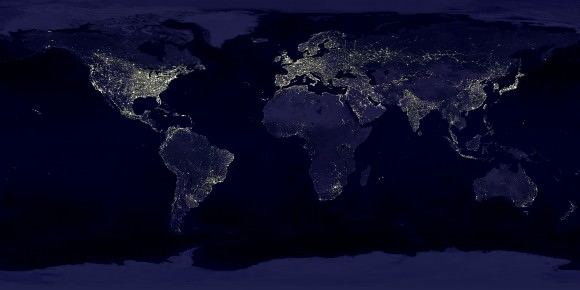[/caption]
Have you ever noticed that astronauts float around in the space shuttle and in the International Space Station, while space travelers on television and in the movies keep their feet firmly on the ground. That’s because it would be very difficult (and expensive) to have your actors floating around in every scene. So science fiction writers invent some kind of artificial gravity technology, to keep everyone standing on the ground.
Of course, there’s no technology that will actually generate gravity in a spaceship. Gravity only comes from massive object, and there’s no way to cancel the acceleration of gravity. And so if you wanted to have a spacecraft that could generate enough artificial gravity to keep someone’s feet on the ground, the spaceship would need to have the mass of the Earth.
Floating in space is actually very hard on astronauts’ bodies. The lack of gravity softens their bones and causes their muscles to weaken. After any long trip into space, astronauts need several days and even weeks to recover from traveling in microgravity.
But there a couple of ways you could create artificial gravity in a spaceship. The force we feel from gravity is actually our acceleration towards a massive body. We’d keep falling, but the ground is pushing against us, so we stand on the ground. If you can provide an alternative form of acceleration, it would feel like gravity, and provide the same benefits of standing on the surface of a planet.
The first way would be through accelerating your spaceship. Imagine you wanted to fly your spaceship from Earth to Alpha Centauri. You could fire your rockets behind the spacecraft, accelerating at a smooth rate of 9.8 meters/second2. As long as the rocket continued accelerating, it would feel like you were standing on Earth. Once the rocket reached the halfway point of its journey, it would turn around and decelerate at the same rate, and once again, you would feel the force of gravity. Of course, it takes an enormous amount of fuel to accelerate and decelerate like this, so we can consider that pretty much impossible.
A second way to create acceleration is to fake it through with some kind of rotation. Imagine if your spaceship was built like a big donut, and you set it spinning. People standing on the inside hull would feel the force of gravity. That’s because the spinning causes a centrifugal force that wants to throw the astronauts out into space. But the spaceship’s hull is keeping them from flying away. This is another way to create artificial gravity.
There are no spacecraft that use any form of artificial gravity today, but if humans do more space exploration, we will likely see the rotational method used in the future.
We have written several articles about artificial gravity for Universe Today. Here’s an article about how mice might be used to test out artificial gravity, and here’s more information about future technologies that might use artificial gravity.
Here’s a podcast from Scientific American that talks about the effect of artificial gravity.
We have recorded an episode of Astronomy Cast that talks about science fiction technologies. Listen to it here: Episode 104 – Science Fiction at Dragon*Con
Sources:
Wikipedia
NEWTON, Ask A Scientist!
Wise Geek
